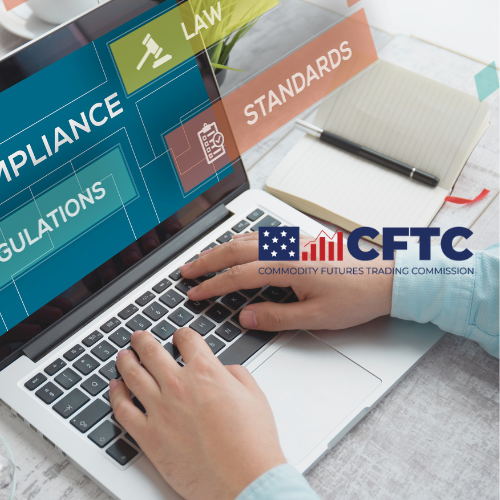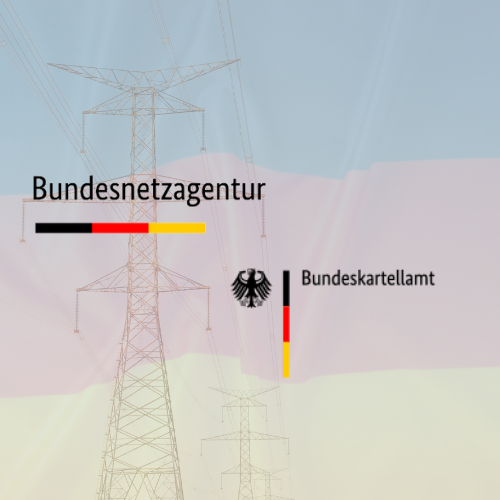The CFTC has published (click here) a staff letter providing guidance on the criteria that the various operating divisions will use to determine whether to make a referral to the Division of Enforcement (DOE) for self-reported violations, supervision or non-compliance issues.
What is it about?
- The staff letter relates to this enforcement advisory issued by the CFTC in February which outlined how the DOE will evaluate a firm or individuals’ self-reporting, cooperation and remediation when recommending enforcement actions to the Commission, as well as establishing the factors the DOE will consider when doing so. This week’s announcement furthers the implementation of this advisory by providing additional guidance on the materiality and other criteria that the Market Participants Division (MPD), the Division of Clearing and Risk (DCR), and the Division of Market Oversight (DMO) – collectively referred to as the “Operating Divisions” – will use when deciding whether to make a referral to the DOE. The guidance is most relevant for CFTC registrants and registered entities;
- In a departure from prior practice, the CFTC’s February advisory makes it possible for firms to self-report to the Operating Divisions, instead of directly to the DOE, and still claim self-reporting credit. Under these circumstances, cases may arise where the Operating Divisions may find it necessary to report the reported issue to the DOE. In the interests of greater transparency, the Operating Divisions use the latest staff letter to provide guidance on the materiality and other criteria that they will use when making such referrals. According to the letter, in the first instance firms should “use their own judgment” to determine whether it is appropriate to self-report a material violation involving fraud, manipulation or abuse directly to DOE in the first instance, rather than to the Operating Divisions;
- For supervision or non-compliance issues that are not material, the Operating Divisions will deal directly with the firm without referral to the DOE – an approach they believe will facilitate more open and transparent engagement by firms which will in turn help fulfil the CFTC’s oversight responsibilities and to identify emerging issues, risks and trends earlier. In assessing materiality on whether to refer to the DOE, the relevant Operating Division will apply a reasonableness standard to these criteria taking into account the entity’s size, activity, and complexity: (1) Especially egregious or prolonged systematic deficiencies or material weakness of the supervisory system or controls, or programme (2) Knowing and wilful misconduct by management, such as conduct evidencing an intent to conceal a potential violation, or supervision or non-compliance issue; (3) Lack of substantial progress towards completion of a remediation plan for an unreasonably lengthy period of time (i.e. years).
Regarding criteria 3) above the guidance notably excludes cases where the mere failure to meet a deadline for corrective action or for failing to implement a remediation plan on time i.e. this would not be sufficient for a DOE referral.
The four-page Staff Letter can be found here. Firms in scope of the CFTC’s guidance are advised to update their policies to accommodate the relevant aspects of this self-reporting guidance.
Firms should have clear internal guidelines, with oversight from legal counsel, when using “their own judgment” as to when to report directly to the DOE versus to the Operating Divisions. It’s clear that the CFTC’s goal is to take some of the burden for lesser issues off the DOE to allow them the capacity to go after “big ticket” cases – nonetheless, firms should remain cognisant that a self-report to the Operating Divisions might result in a redirection of the reported issue to the DOE.


